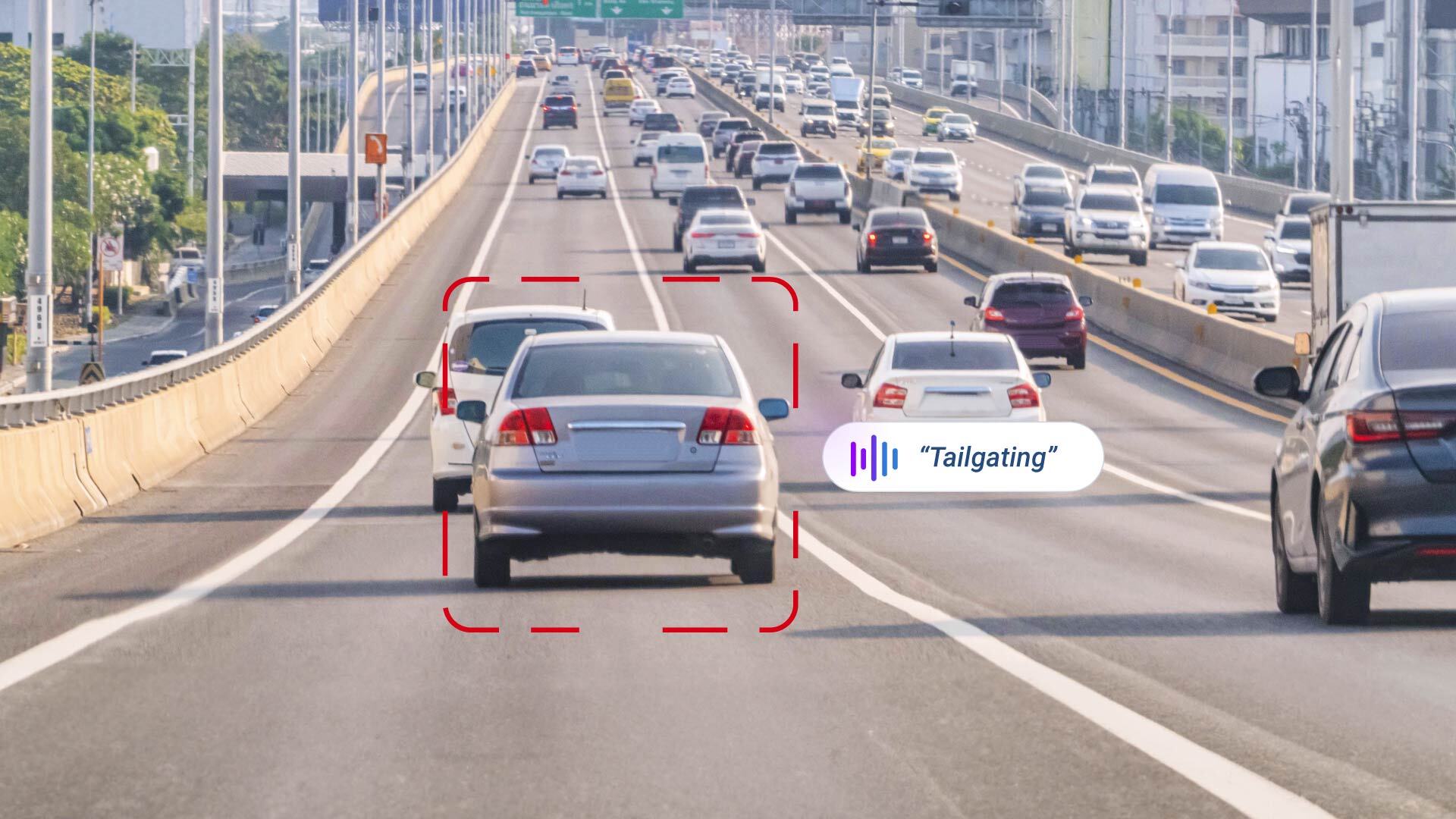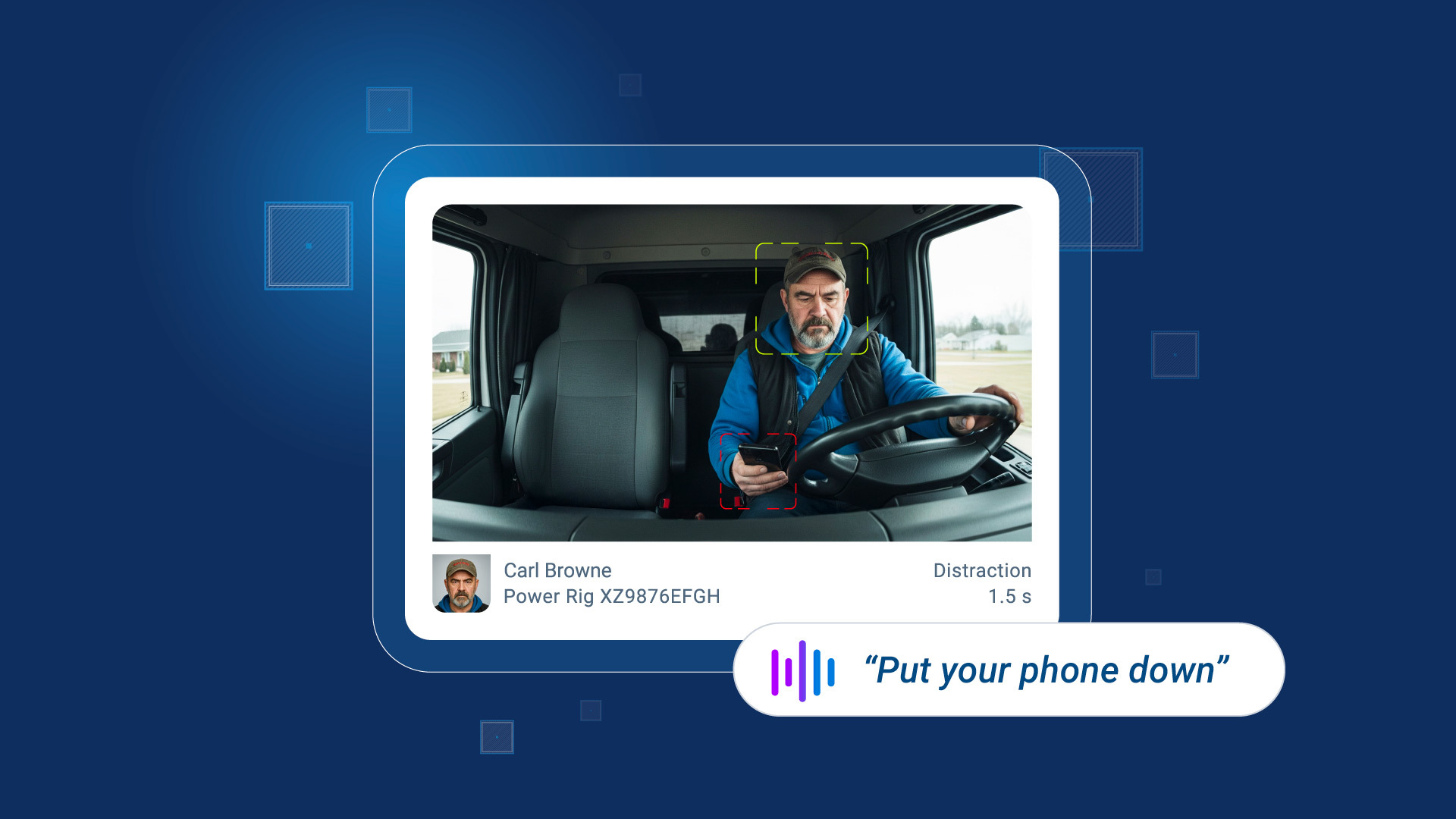Automating the driving experience
Self-driving vehicles open up a world of possibilities. Read about new vehicle technology and its impact on the telematics industry.

By Jason Widla
Nov 2, 2021

Think for a moment about the amount of time you spend driving each week. Now think about all of the things you would rather be doing during those hours stuck in bumper to bumper traffic. A possible solution to all this time wasted in the driver seat is self-driving vehicles.
With the ever-expanding integration of technology and telematics into vehicles, the self-driving vehicle is closer than ever. For the telematics industry, automation is a potential source for some exciting innovation.
Self-driving car technology
To understand the technology behind self-driving vehicles, think about how you operate in the driver’s seat. Your eyes and ears register the objects around you and your brain uses that sensory information to decide what your feet and hands should do in response. Your cognitive memory predicts how the environment around you might change. This is used to prepare your muscles in case a quick muscular reaction is required.
In self-driving vehicle technology, we see the same human approach applied to the system design. A self-driving vehicle consists of a computer network that relies on sensory input and prediction-based algorithms. This technology will determine what is happening around the vehicle and what needs to be done in order to navigate and arrive at the programmed destination.
Several types of systems work together as part of self-driving technology:
- GPS technology is used to obtain information about where the vehicle is located and what route is best to reach the destination
- Integrated sensors capture details about the environment surrounding the vehicle
- Computer software digests the sensory input information and classifies objects based on their shape, size and movement pattern
- Another level of computer software determines what the vehicle will do next by using the object classifications to predict how the surrounding environment may change in the near future
- A safe velocity and trajectory is then calculated taking into account the environment outside
See also: How autonomous driving will change our highways and cities.
Developmental path and future plans
The change from current automotive standards to self-driving vehicles is happening through gradual integration. In fact, the advanced computer components used in self-driving vehicles are already being introduced into the commercial market. Newer vehicles offer additional features that include self-parking, assisted lane change, cameras and sensors, automatic emergency braking, and adaptive cruise control.
Vehicles with advanced features represent the change from traditional driving to assisted driving. Put all the components of assisted driving vehicles together and you no longer need a human driver.
The companies leading the self-driving race are Waymo, General Motors’ Cruise and Argo AI. Getting this technology on the road for commercial use will take some time as there are many roadblocks that will need to be overcome and many laws and legislations that will need to be redefined.
Potential impact on the telematics industry
Eventually, drivers are going to be completely out of the picture and vehicles will be programmed to follow a defined driving pattern, with a low margin for error. Analysts predict that driverless car performance and safety will surpass human capabilities so drastically that driver operated vehicles will become illegal.
The need for a strong networking backbone in driverless technology provides an opportunity for leaders of the telematics industry to contribute in a new way. The principles of driver behavior and monitoring of driving habits will become a more predictable coded system. Fundamental fleet interests will be incorporated, such as asset tracking, fuel management and risk assessment. Human error will be mostly eliminated.
Safety and cybersecurity are challenges to be considered in self-driving. A recent study shows that it is not only the safety which can be a major cause for concern with autonomous vehicle introduction, but also the impact on city traffic flow as a result of increased collisions.
Technology will inevitably rule vehicles
It may be a while before computer networks take over the role of driving vehicles, but we are closer than ever. Technology is opening up a world of possibilities for the telematics and fleet industries.
Originally published on August 26, 2015.
Subscribe to get industry tips and insights

Jason Widla is a Solutions Engineering Manager for Geotab with a primary focus on technical project management and the implementation of external device hardware integrations.
Table of Contents
Subscribe to get industry tips and insights
Related posts
.png)
From the North Pole to the Highway: How AI and Predictive Insights Get Drivers Home for the Holidays
December 16, 2025
2 minute read
.jpg)
.png)
AI dash cams vs. traditional: Which delivers better fleet safety?
December 8, 2025
5 minute read

Elevating Worker Safety Through Simplicity: The OK Alone Story
December 3, 2025
2 minute read

Geotab GO Focus Plus Camera Rules, Thresholds, and Event Buffers Explained
October 27, 2025
2 minute read

How AI dash cams help fleets tackle distracted driving and reduce collisions
October 23, 2025
4 minute read